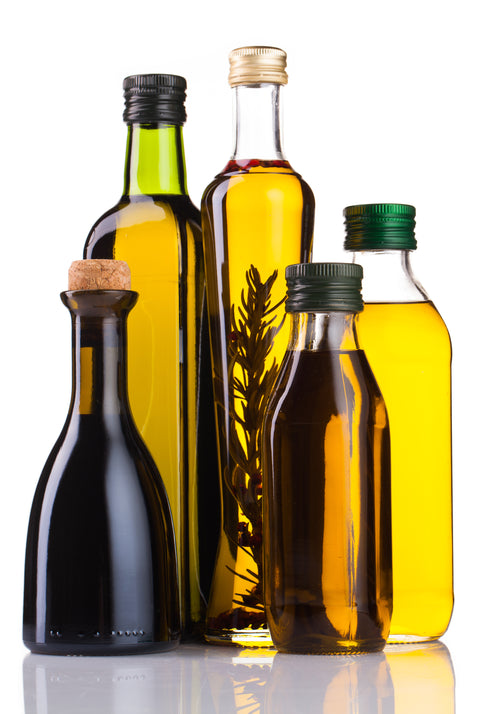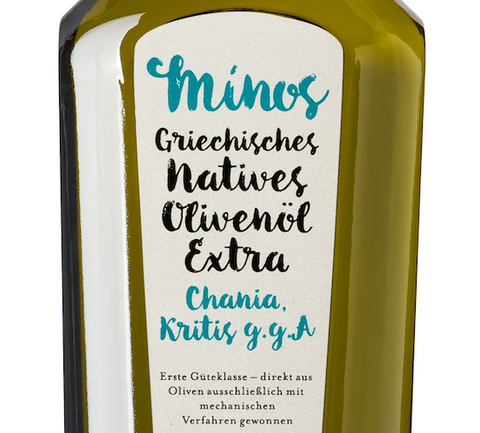Many consumers are at a loss when faced with the choice on the supermarket shelf in search of a tasty and authentic olive oil of the highest quality 'extra virgin'. Unfortunately, promising labels or pretty bottles give little indication of this.
However, the probability increases if attention is paid to the harvest year for a young olive oil and an oil with a defined cultivation region (protected geographical indication - PGI or protected designation of origin - PDO) is purchased.


The fresher the oil comes out of the mill in autumn, the more quality you can expect in terms of taste and positive ingredients. With the influence of oxygen, light and heat, the fruity aromas and the content of health-promoting substances are reduced. It is therefore helpful to pay attention to the harvest year and the best before date.
If the packaging protects the olive oil from light, i.e. it is not a clear glass bottle, the quality will be better preserved. In principle, nothing beats trying the pure oil. Depending on your taste, you should pay attention to the green or ripe fruit notes, a pleasant bitterness and a tingling spiciness. The olive oil must not have off-notes.
An extra virgin olive oil may have the attributes fruity, bitter and hot. Of course, it depends on the individual taste preferences of the individual, how intense the respective attributes may be. However, it should be borne in mind that the milder an olive oil is, the fewer healthy polyphenols it contains and the actually typical sensory character is lost.




Comments (0)
There are no comments for this article. Be the first one to leave a message!